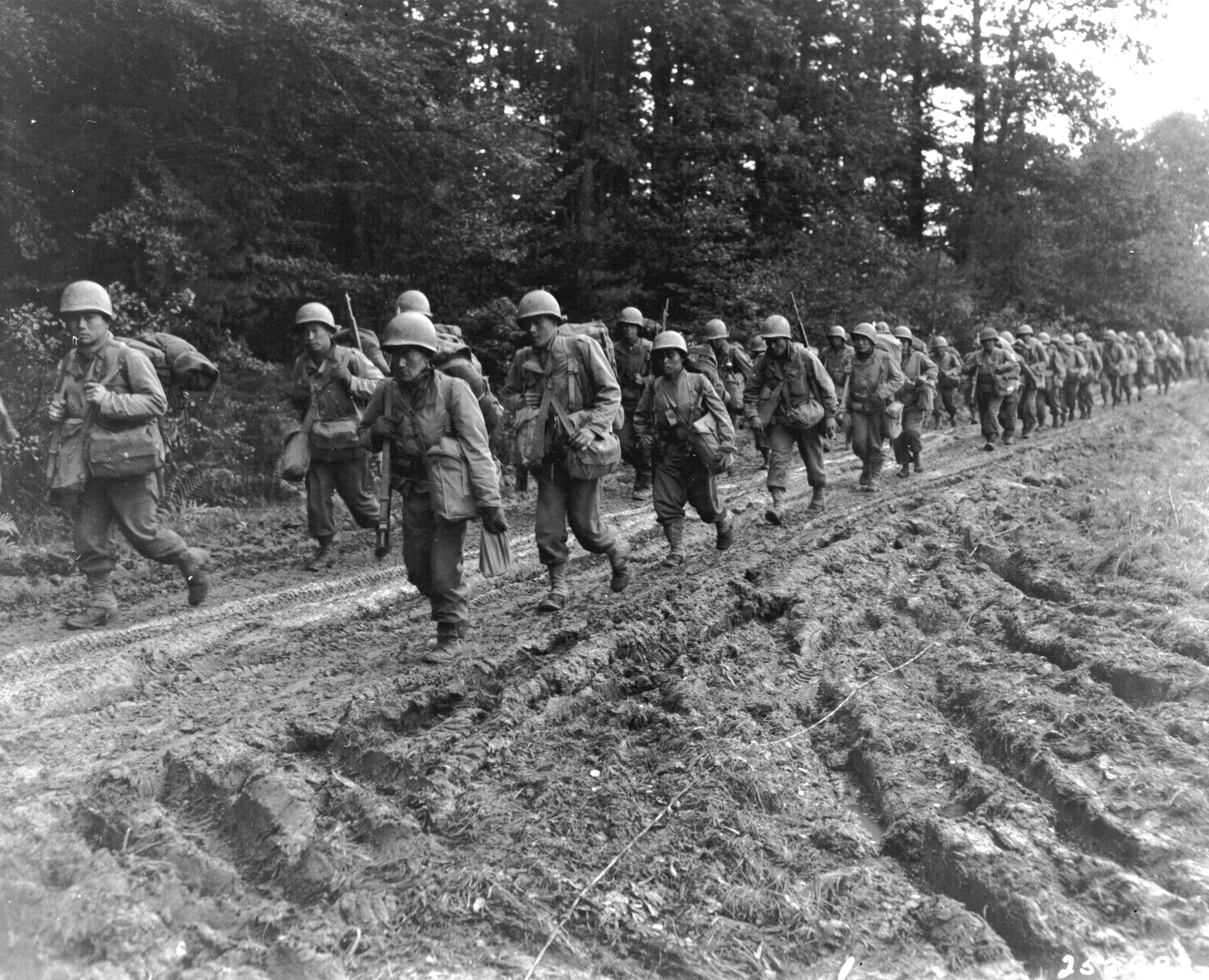Here is the updated itinerary (As of October 9) for the Driven by History road trip.
As with the West Coast trip, this will probably change. As Paul Theroux says in Deep South, his latest book -- that’s the joy about road trips in this country—we can go where fancy takes us.
As with the West Coast trip, this will probably change. As Paul Theroux says in Deep South, his latest book -- that’s the joy about road trips in this country—we can go where fancy takes us.
Week of July 31
Leave Las Cruces,
New Mexico and drive on Route 66 National Historic Trail (NHT) from New Mexico
towards Illinois
Washita Battlefield National Historic Site (NHS), Oklahoma
Oklahoma City National Memorial (NM), Oklahoma
Trail of Tears NHT, Oklahoma
Jefferson National Expansion Memorial at St. Louis, Missouri
Conner Prairie Interactive History Park, Indiana
Week of Aug 7
Dayton Aviation Heritage National Historical Park (NHP),
Ohio
Hopewell Culture NHP, Ohio
Fort Necessity National Battlefield (NB) and Flight 93 NM,
Pennsylvania
Women’s Rights NHP, New York
Week of Aug 14
Erie Canal, New York
Fort Stanwix NM, New York
Saratoga NHP, New York
Fort Ticonderoga, New York
Fort Ticonderoga, New York
Boston area—Lowell NHP, Adams NHP, Minute Men NHP, Salem
Maritime NHS, Old Sturbridge
Village, and Boston NHP, Massachusetts
Village, and Boston NHP, Massachusetts
Week of Aug 21
Plimouth Planation,
Massachusetts
New Bedford Whaling NHP, Massachusetts
Mystic Seaport, Connecticut
Mystic Seaport, Connecticut
Statue of Liberty and Ellis Island NM and September 11 Memorial, New York and New Jersey
Morristown NHP, New Jersey
Morristown NHP, New Jersey
Week of Aug 28
Valley Forge NHP, Pennsylvania
Gettysburg National Military Park (NMP), Pennsylvania
Antietam National Battlefield (NB), Maryland
Week of Sept 4
Harper’s Ferry NHP, West Virginia
Chesapeake and Ohio Canal NHP, Maryland, West Virginia, and
Washington D.C.
Monacacy NB, Maryland
Ford's Theater NHS, National Mall, and Frederick Douglass NHS, Washington D. C
Appomattox Court House NHP, Virginia
Appomattox Court House NHP, Virginia
Week of Sept 11
Attend the Bridging Ages conference in Kalmar Sweden
Week of Sept 18
Copenhagen historic sites and visit Bornholm, Denmark
Week of Sept 25
Return from Denmark
Return from Denmark
Wilderness and Chancellorsville NMP, Virginia
Petersburg NB, Virginia
Petersburg NB, Virginia
Colonial Williamsburg, Virginia
Week of Oct 2
Fort Sumter NHS and Fort Moultrie, South Carolina
King's Mountain NHP, South Carolina/North Carolina
Andrew Johnson NHS, Tennessee
Fort Sumter NHS and Fort Moultrie, South Carolina
King's Mountain NHP, South Carolina/North Carolina
Andrew Johnson NHS, Tennessee
Week of Oct. 10
Great Smoky Mountains NP, Tennessee
Manhattan Project NHP at Oak Ridge, Tennessee
Tennessee Valley Authority, Tennessee
Chickamauga and Chattanooga National Military Parks,
Tennessee
Kennesaw Mountain National Battlefield Park, Georgia
Week of Oct 17
Andersonville NHS, Georgia
Tuskegee Airmen NHS, Alabama
Selma to Montgomery Civil Rights Trail, Alabama
Week of Oct 24
Natchez Trace National Scenic Trail and Parkway, Alabama and
Mississippi
Vicksburg NMP, Mississippi
New Orleans Jazz NHP, Louisiana
I will present a lecture about Driving by History at University of Louisiana at Lafayette on Oct. 27
Week of Oct 30
San Jacinto State Historic Park, Texas
Palo Alto Battlefield NHP, Texas
San Antonio Missions NHP, Texas
Fort Davis NHS, Texas
Return to Las Cruces, New Mexico








